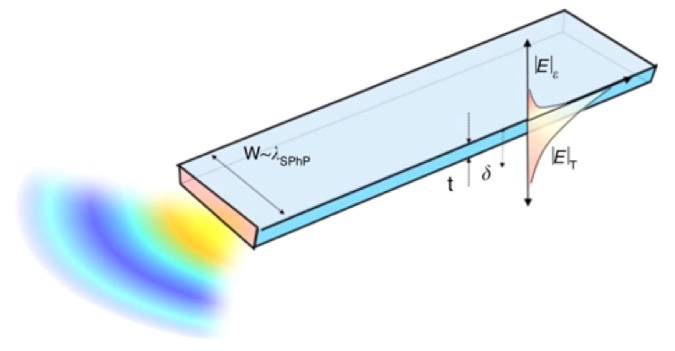Thermal radiation from subwavelength objects
26/07/19 13:23
Our understanding of the phenomenon thermal radiation has been traditionally based on Planck’s law and the concept of black body. This law sets upper limits for the amount of energy that an object can emit or exchange in the form of electromagnetic waves. However, due to the development of novel experimental techniques it has been possible to probe the limitations of this law in different situations. Most of the recent work has been devoted to exploring the physics beyond Planck’s law in the near-field regime, i.e., when objects are separated by distances smaller than the thermal wavelength λTh set by Wien’s displacement law (~10 microns at 300 K). In particular, different experiments have demonstrated that due to the contribution of evanescent waves, the radiative heat transfer between two objects can largely exceed the black-body limit by bringing them sufficiently close. In the far-field regime, when only propagating waves contribute, no big surprises are expected. However, very recently it has become clear that the thermal radiation properties of subwavelength objects can dramatically violate Planck’s law even in the far-field regime, which opens new opportunities for the field of thermal radiation.

